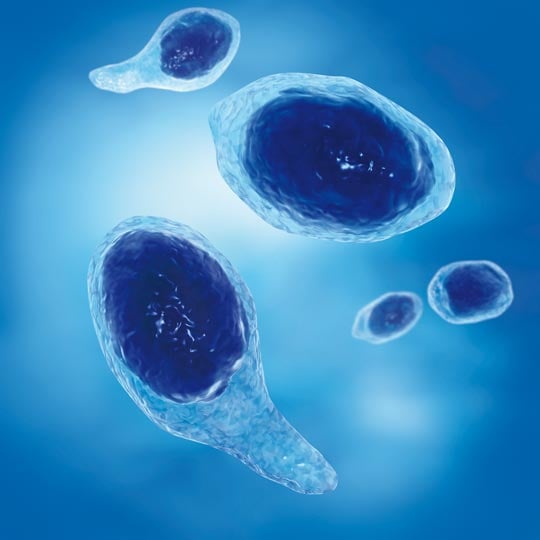Knowledge Portal
HARTMANN SCIENCE CENTER

Visit our designated HARTMANN SCIENCE CENTER to get scientific information relevant around our products.
Learn more
Clostridium tetani is an obligate anaerobic, Gram-positive and spore-forming rod-shaped bacterium.
It elicits tetanus infection. The exotoxin tetanospasmin that the pathogen produces causes muscle spasticity, which is typical for the disease.
The bacteria are not transmitted directly from human to human, but via wounds. Together with foreign bodies (nails, splinters, etc.) the tetanus spores enter even tiny injuries and thus cause the infection.
Animal bites may trigger infections with the pathogen’s vegetative form.
» Necessary spectrum of antimicrobial activity
Sporicidal
